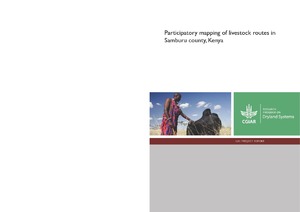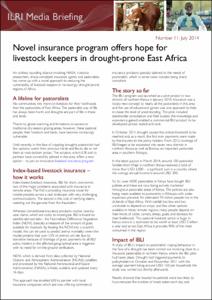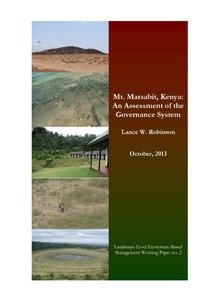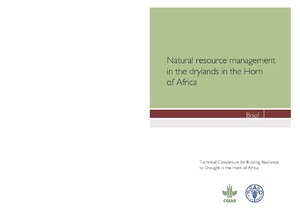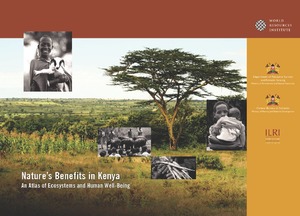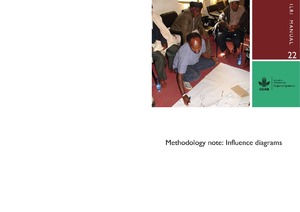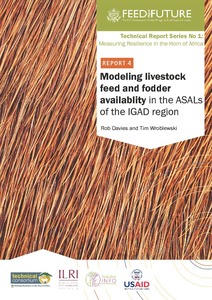Overview of ILCA's research on property rights
This paper reviews the studies of property institutions that have been undertaken by researchers affiliated with the International Livestock Centre for Africa (ILCA) since 1980. Particular attention is given to the systems studies and an ongoing study of the impacts of trypanosomiasis control on property institutions. Past and current studies by other workshop participants are mentioned but not reviewed in any detail. The majority of the completed studies have been concerned with two fundamental questions: (1) How do property institutions affect the use and management of resources?



